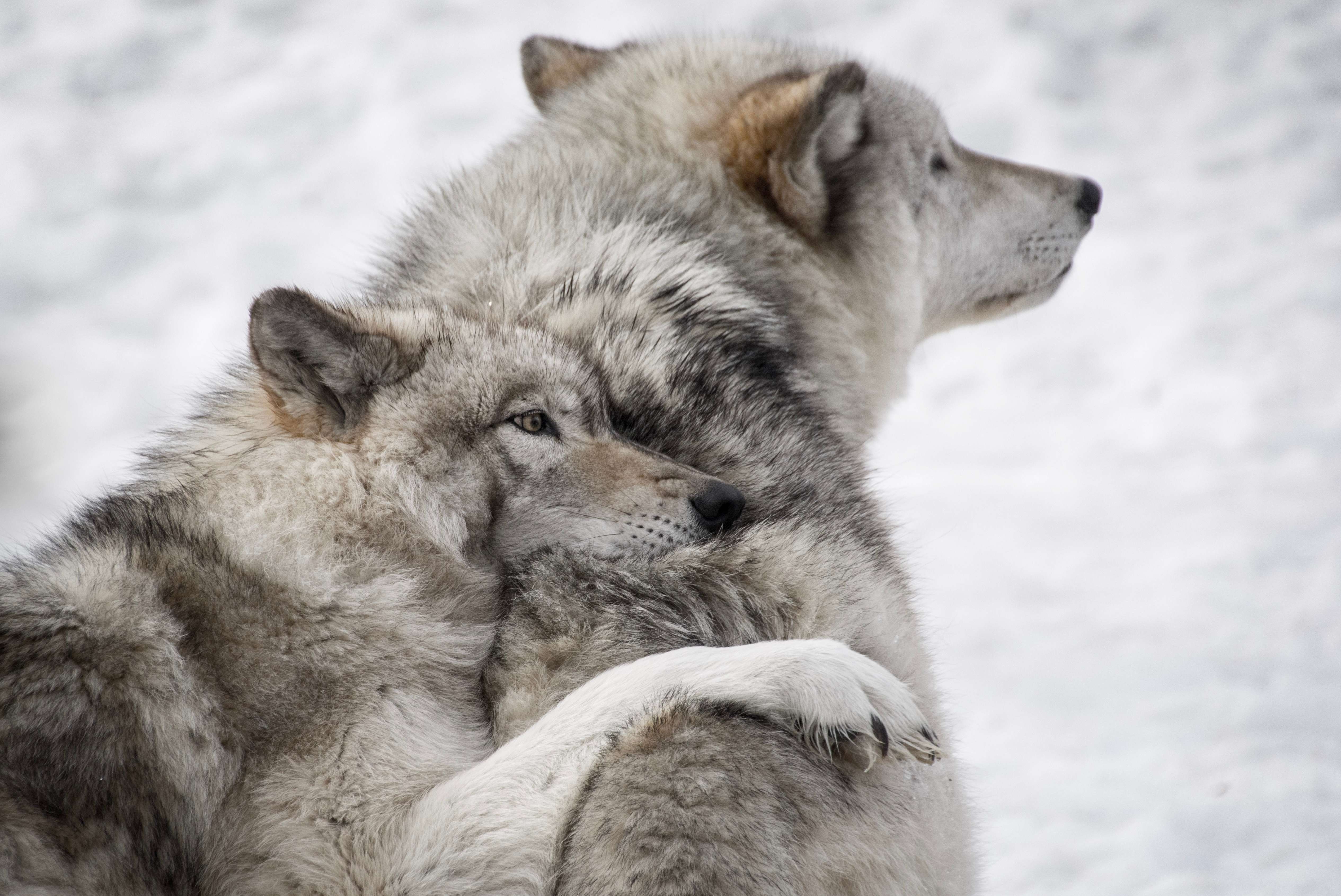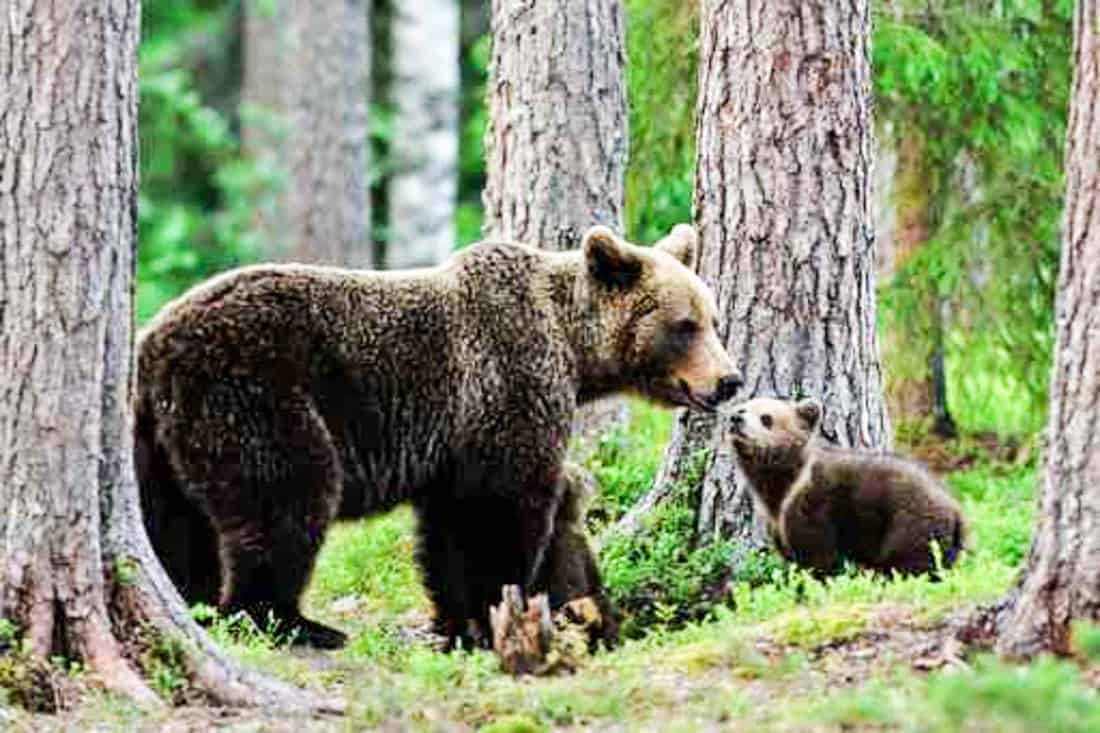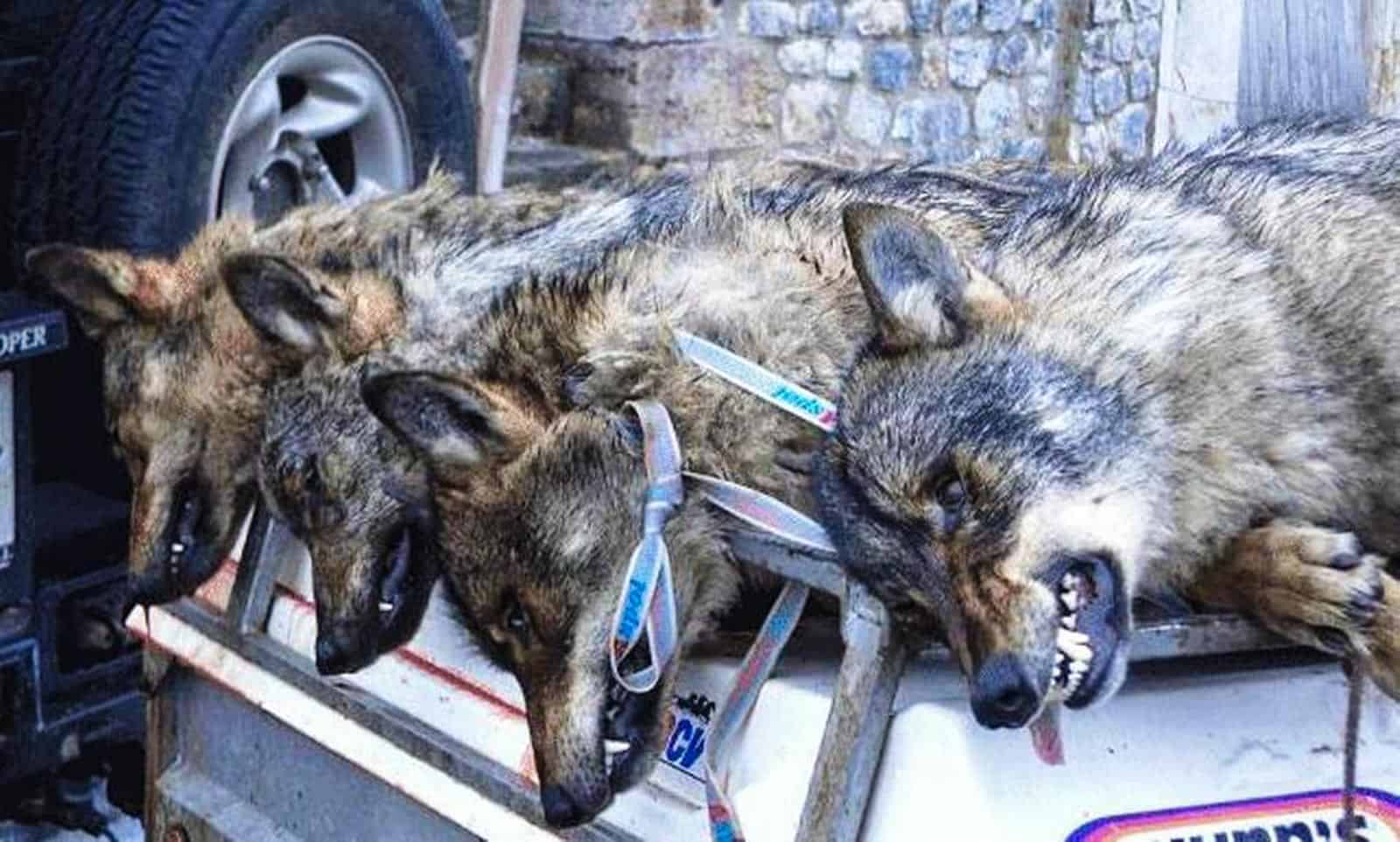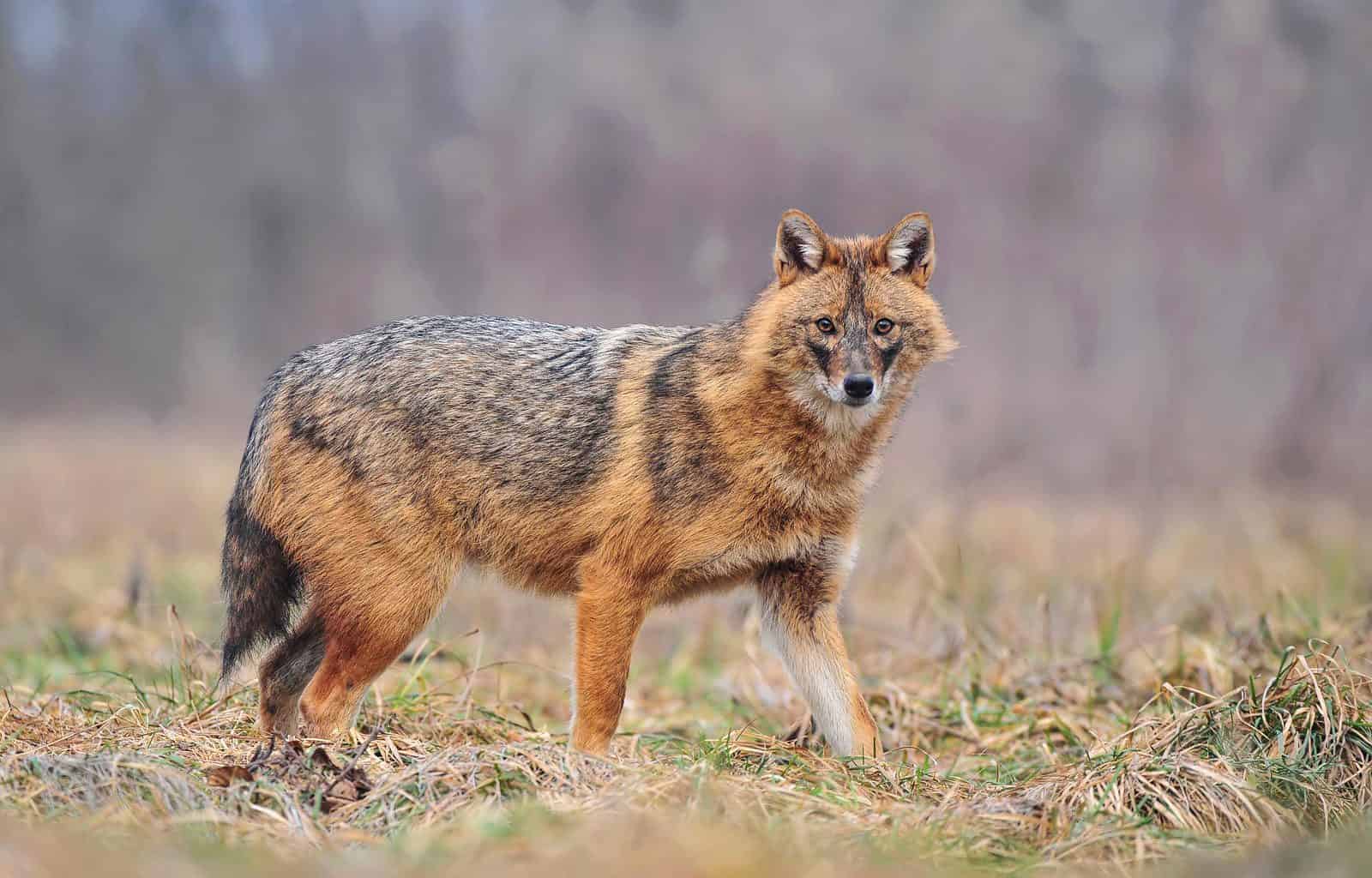The grim fate of the Gray Wolf in the USA
In 2021, the United States Fish and Wildlife Service (USFWS) made a significant decision that sent shockwaves through the environmental community and raised concerns about the fate of the gray wolf, scientifically known as Canis lupus. After determining that the numbers of gray wolves had sufficiently recovered, the USFWS removed the species from the list of endangered species in the contiguous states. This move marked the end of 45 years of federal protection and returned the management of wolves to individual states and tribes, a decision that stirred up controversy and legal battles.
The legal battle:
Soon after the USFWS delisted the gray wolf, several environmental groups, including the Center for Biological Diversity and the Sierra Club, launched legal challenges against the decision. They argued that the delisting was not based on sound science, contending that the species was far from recovered and that removing federal protection would increase the risk of extinction. Moreover, they claimed that the decision itself violated the Endangered Species Act, a cornerstone of wildlife conservation in the United States.
The real impact:
While the legal battle rages on, the real-world consequences of the gray wolf’s delisting have become increasingly apparent. In states where wolves were delisted even before the federal decision, such as Wyoming and Idaho, wolves face alarming threats. Wyoming classifies wolves as “shoot on sight” target, allowing anyone to kill them without the need for a hunting license. Idaho passed a controversial law that permitted the killing of 90 percent of the state’s wolf population, sparking outrage among conservationists.
Wisconsin, too, saw a grim situation unfold shortly after the delisting. In the state’s first wolf hunt following the USFWS decision, hunters exceeded their quota by a shocking margin, killing 100 more wolves than the law allowed. Reports of hunters using caravans of trucks with packs of dogs and other questionable methods to hunt wolves raised concerns about the ethics of wolf hunting.
Local laws and wolf hunting methods:
The situation varies from state to state, but many local laws place few restrictions on how ranchers and hunters can kill wolves. For example, in Idaho, hunters are allowed to use lights and night vision equipment, chase wolves down on snowmobiles, and even shoot them from helicopters. Conservationists and animal welfare supporters are outraged by these practises because they claim it provides hunters an unjust advantage and raise the possibility of mass killing.
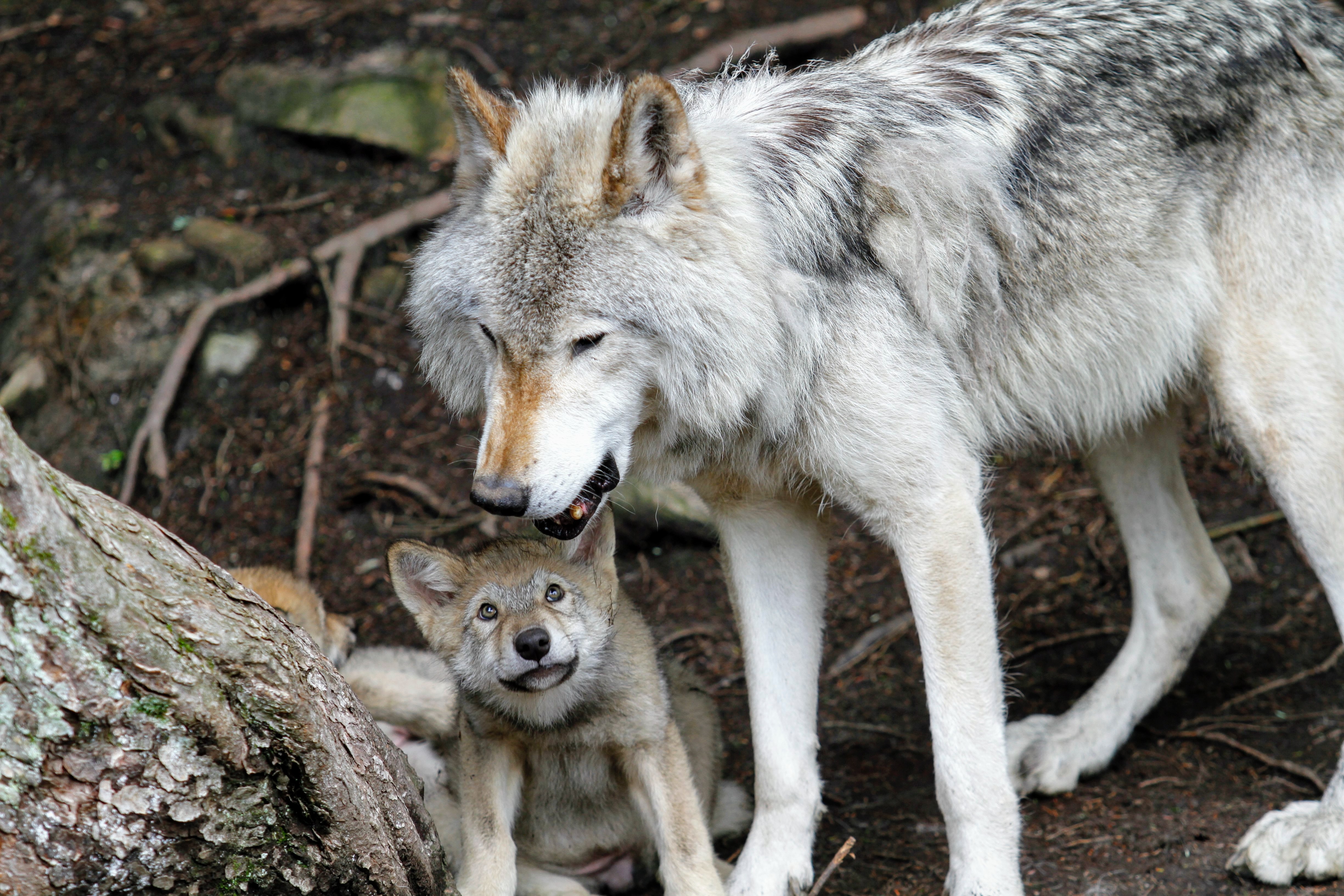
No better future in sight:
The controversy surrounding the delisting of the gray wolf and the subsequent rise in wolf hunting is far from over. Environmental groups continue to fight in court, while the fate of this iconic species hangs in the balance. As the legal battles persists and practical consequences become increasingly apparent, the question of whether the gray wolf can thrive without federal protection remains a subject of intense debate and concern among conservationists, scientists, and wildlife enthusiasts across the United States.
Lesson learned:
The story of the gray wolf’s removal from the endangered species list serves as a sad reminder of the delicate balance between conservation efforts and the interests of various stakeholders. It underscores the importance of making well-informed decisions based on sound science, while also considering the ethical aspect of wildlife management. This case also highlights the need for continued efforts and advocacy by environmental groups and concerned citizens. It is crucial for those who care about the welfare of (not only) endangered species to actively engage in the legal and political processes that shape conservation policies.
Please note, that this content is based on a Discover magazine article by Avery Hurt entitled Why Do So Many People Hate Wolves?

